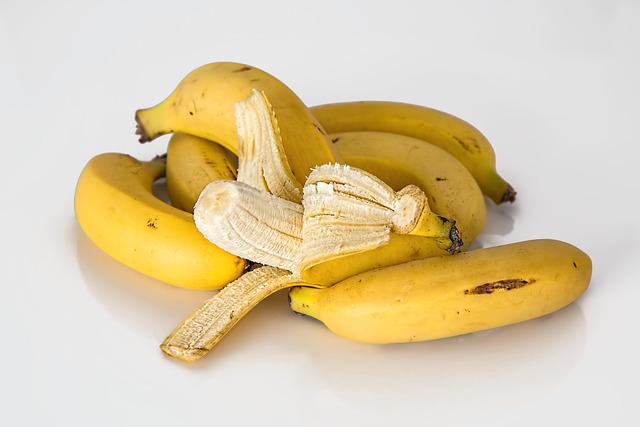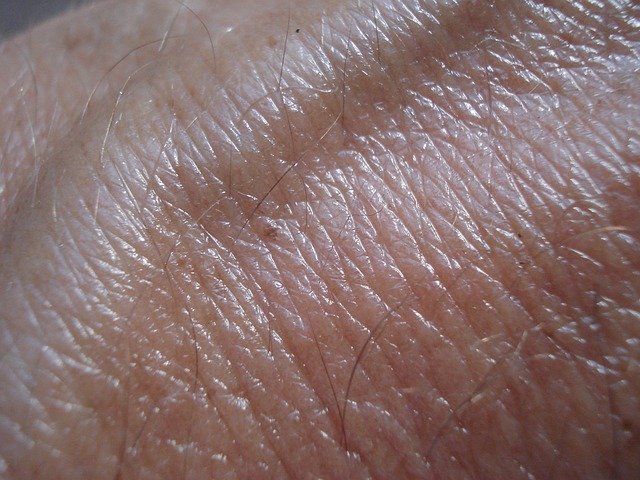Skin Resurfacing Peels are a popular and effective solution for skin pigmentation disorders caused by uneven melanin distribution. These chemical peels exfoliate the skin's top layer, removing damaged cells and targeting melanin production to reduce age spots, acne scars, and hyperpigmentation. Different peel strengths cater to various concerns, from mild superficial peels to stronger medium to deep peels for severe issues. With minimal downtime and long-lasting results, these non-invasive procedures are a preferred skincare treatment, offering brighter and more even skin tone through collagen stimulation and natural skin regeneration. Personalized treatments based on skin type, tone, and seasonal sun exposure are key to minimizing risks and achieving optimal results with Skin Resurfacing Peels.
Uneven skin tone and pigmentation can be a common concern, but Chemical peels offer a promising solution. This article delves into the world of skin resurfacing peels, providing insights on how these treatments work wonders for addressing discoloration. From understanding the root causes of pigmentation to exploring various peel types, we’ll guide you through the process. Learn about the benefits and potential side effects, and discover how to choose the ideal skin resurfacing peel tailored to your skin tone and type.
Understanding Skin Pigmentation and Its Causes

Skin pigmentation is a complex process involving the production and distribution of melanin, a natural pigment that gives our skin its color. While it’s essential for protecting our skin from UV radiation, an overproduction or uneven distribution can lead to discoloration, including hyperpigmentation and sunspots. This condition is often driven by various factors such as aging, exposure to sunlight, inflammation, certain medications, and even hormonal changes.
Chemical peels, a popular skin resurfacing technique, have proven effective in addressing pigmentation issues. These peels use chemicals to exfoliate the top layer of the skin, removing damaged cells and exposing healthier, lighter-toned skin beneath. By targeting melanin production and inhibiting its transfer to surrounding cells, chemical peels can help even out skin tone and reduce the appearance of age spots, acne scars, and other pigmentation concerns.
Introduction to Chemical Peels: A Skincare Treatment

Chemical peels have emerged as a popular and effective skincare treatment for addressing various skin concerns, including pigmentation. These treatments involve applying chemicals to the skin to remove the upper layers, stimulating collagen production and revealing smoother, brighter-looking skin beneath. Commonly used for skin resurfacing, chemical peels can help reduce fine lines, wrinkles, and uneven skin tone caused by sun damage, aging, or acne scars.
Skin resurfacing peels come in different strengths, with each level targeting specific issues. Superficial peels are gentle and ideal for mild hyperpigmentation or exfoliation, while medium to deep peels penetrate deeper layers, offering significant improvements for more severe skin concerns. This non-invasive procedure is a preferred choice for many due to its minimal downtime and ability to provide long-lasting results, making it an excellent addition to any skincare regimen.
How Chemical Peels Work for Pigmentation Concerns

Chemical peels have emerged as a popular and effective treatment for addressing pigmentation concerns on the skin. These specialized treatments work by applying a chemical solution to the surface of the skin, which gently removes the upper layers, exposing fresh, smoother skin underneath. This process, known as exfoliation, helps to reduce the appearance of age spots, sun damage, and other forms of hyperpigmentation.
Skin resurfacing peels contain specific acids like glycolic acid, salicylic acid, or trichloroacetic acid (TCA), each with its unique properties for targeting different skin issues. For pigmentation, TCA peels are often recommended due to their ability to penetrate deeper layers of the skin, allowing for more significant results in reducing dark spots and uneven skin tone. The controlled removal of damaged skin cells facilitates a natural regeneration process, leading to healthier, brighter-looking skin.
Different Types of Peels for Targeted Skin Brightening

Chemical peels have become a popular and effective treatment for skin brightening, offering various options tailored to different skin concerns. When it comes to targeting pigmentation, several types of peels can provide significant results.
The most common are alpha hydroxy acid (AHA) peels, which use AHAs like glycolic or lactic acid to exfoliate the top layer of skin, reducing the appearance of age spots and hyperpigmentation. For deeper penetration and more severe cases, beta hydroxy acid (BHA) peels with salicylic acid are effective in unclogging pores and treating acne scars while lightening the overall complexion. Additionally, retinoid peels, containing vitamin A derivatives, stimulate collagen production and even out skin tone, providing a more radiant and uniform skin finish.
Benefits and Potential Side Effects of Skin Resurfacing Peels

Chemical peels, specifically designed for skin resurfacing, offer a multitude of benefits for addressing pigmentation concerns. These treatments gently exfoliate the top layers of skin, removing dead skin cells and revealing smoother, brighter, and more even-toned skin below. By stimulating collagen production, skin resurfacing peels can improve texture, reduce fine lines and wrinkles, and enhance overall skin elasticity, contributing to a rejuvenated appearance.
While generally considered safe, skin resurfacing peels may come with potential side effects. Temporary redness, swelling, and peeling are common post-procedure reactions as the skin adjusts. More severe reactions, though rare, can include skin irritation, infection, or hyperpigmentation in individuals with darker skin tones. Proper pre-treatment consultation and choosing an experienced dermatologist are crucial to mitigate these risks and ensure the best possible outcome.
Choosing the Right Peel for Your Skin Tone and Type

When considering chemical peels for pigmentation, selecting the right peel is crucial based on your skin tone and type. Skincare professionals often recommend personalized treatments to ensure optimal results. For instance, while glycolic acid peels are popular for their ability to exfoliate and brighten skin, they might not be suitable for darker skin tones due to potential post-inflammatory hyperpigmentation. In such cases, lactic acid or kojic acid peels could be more effective alternatives, as they offer gentle exfoliation with reduced risk of discoloration.
Understanding your skin’s needs is key. Oily or acne-prone skin may benefit from alpha hydroxy acid (AHA) peels, which help unclog pores and smooth the skin’s surface. Conversely, dry or sensitive skin should opt for milder formulas to avoid irritation. Additionally, considering seasonal changes and sun exposure is vital; during summer, when skin is more exposed to UV rays, a stronger peel might be needed to even out pigmentation, whereas gentler options can suffice in colder months.
